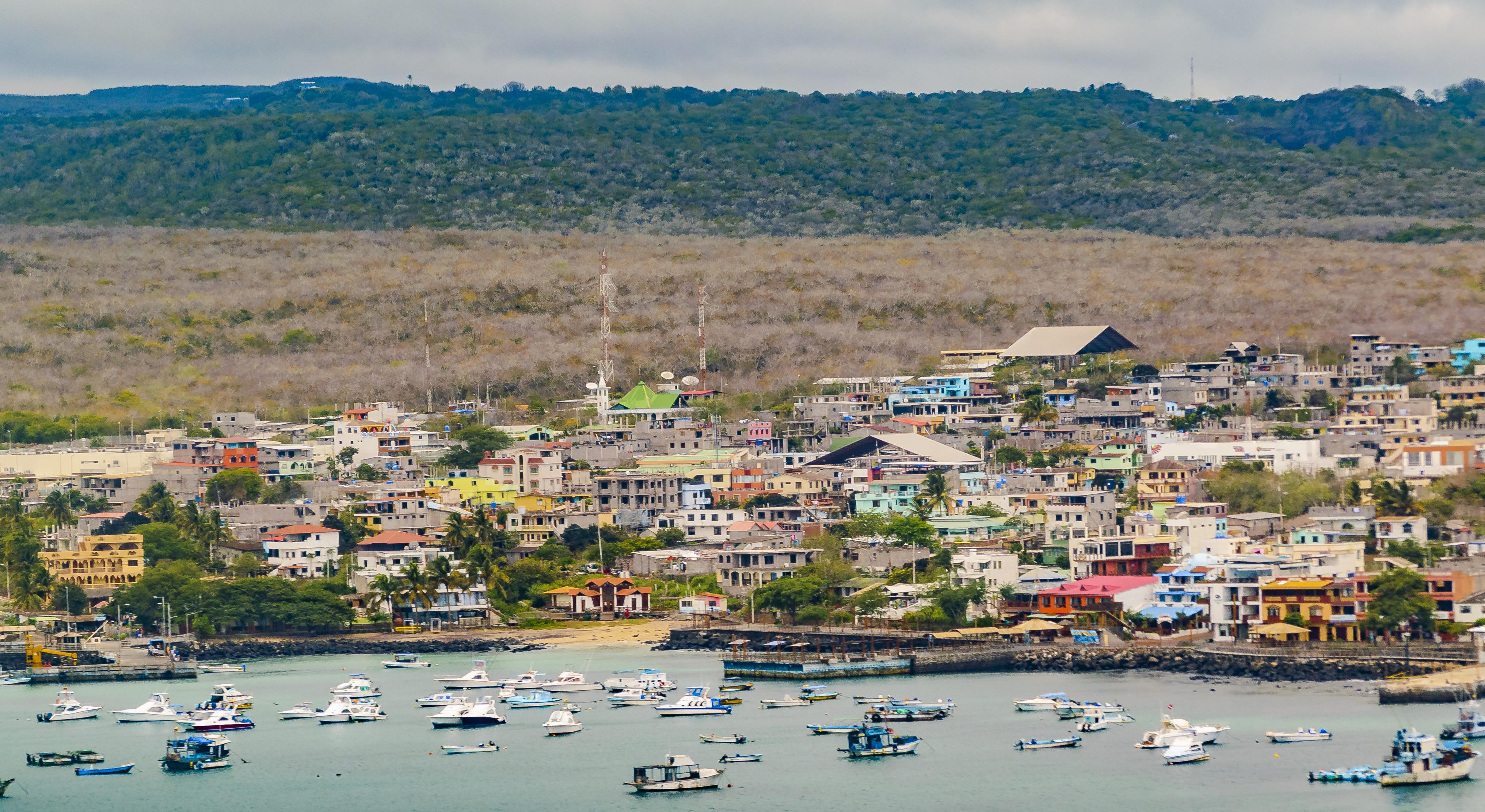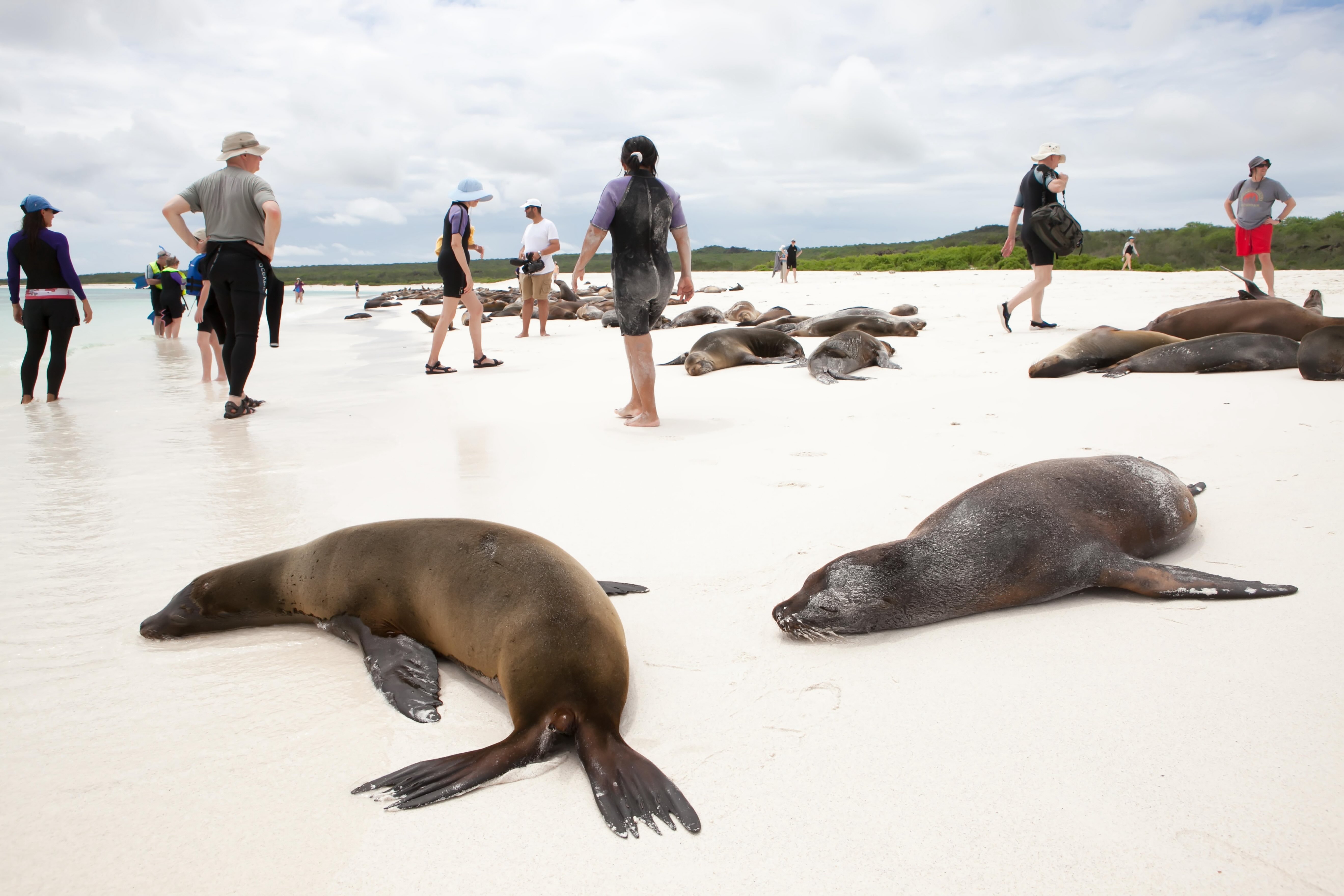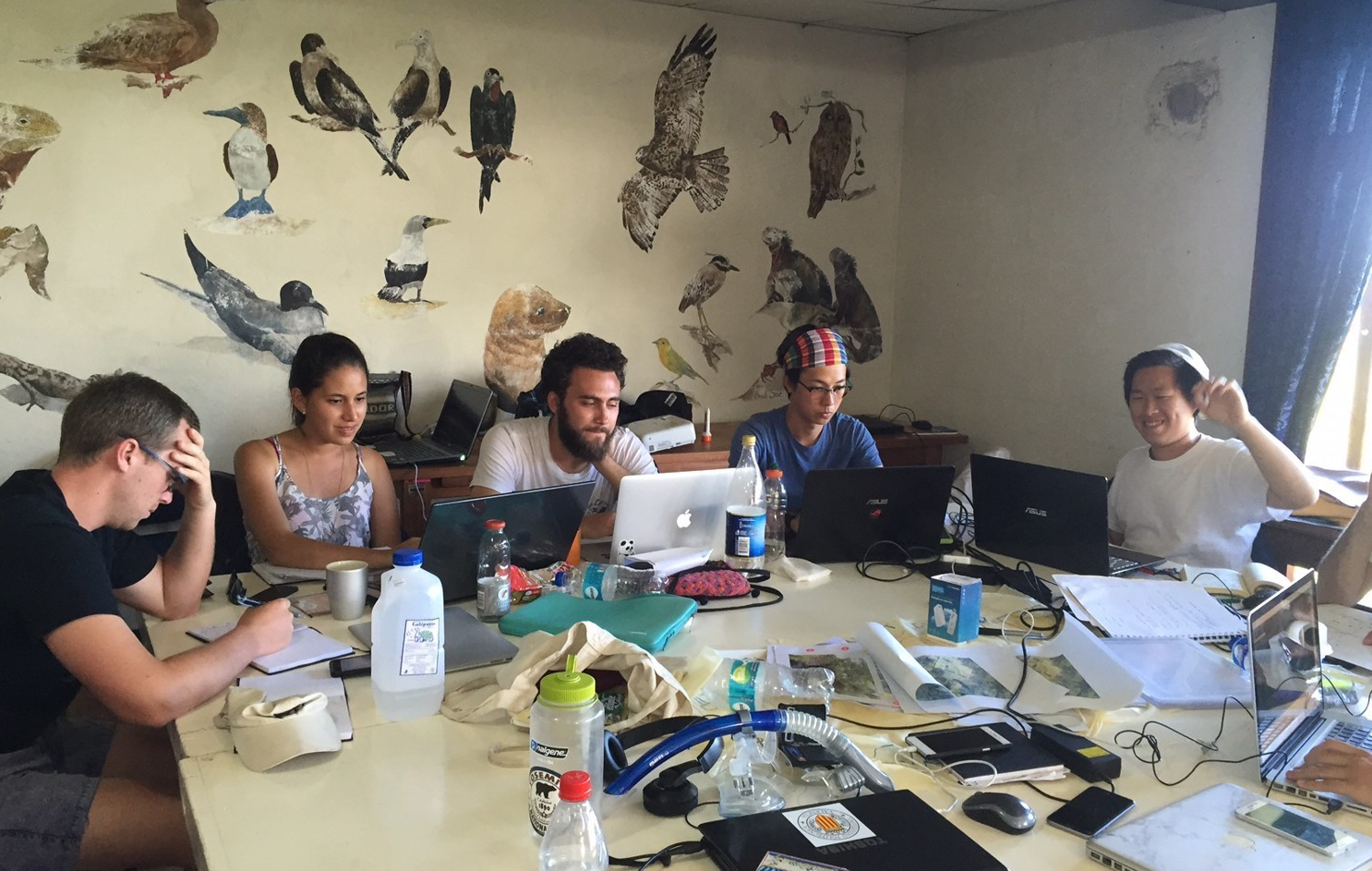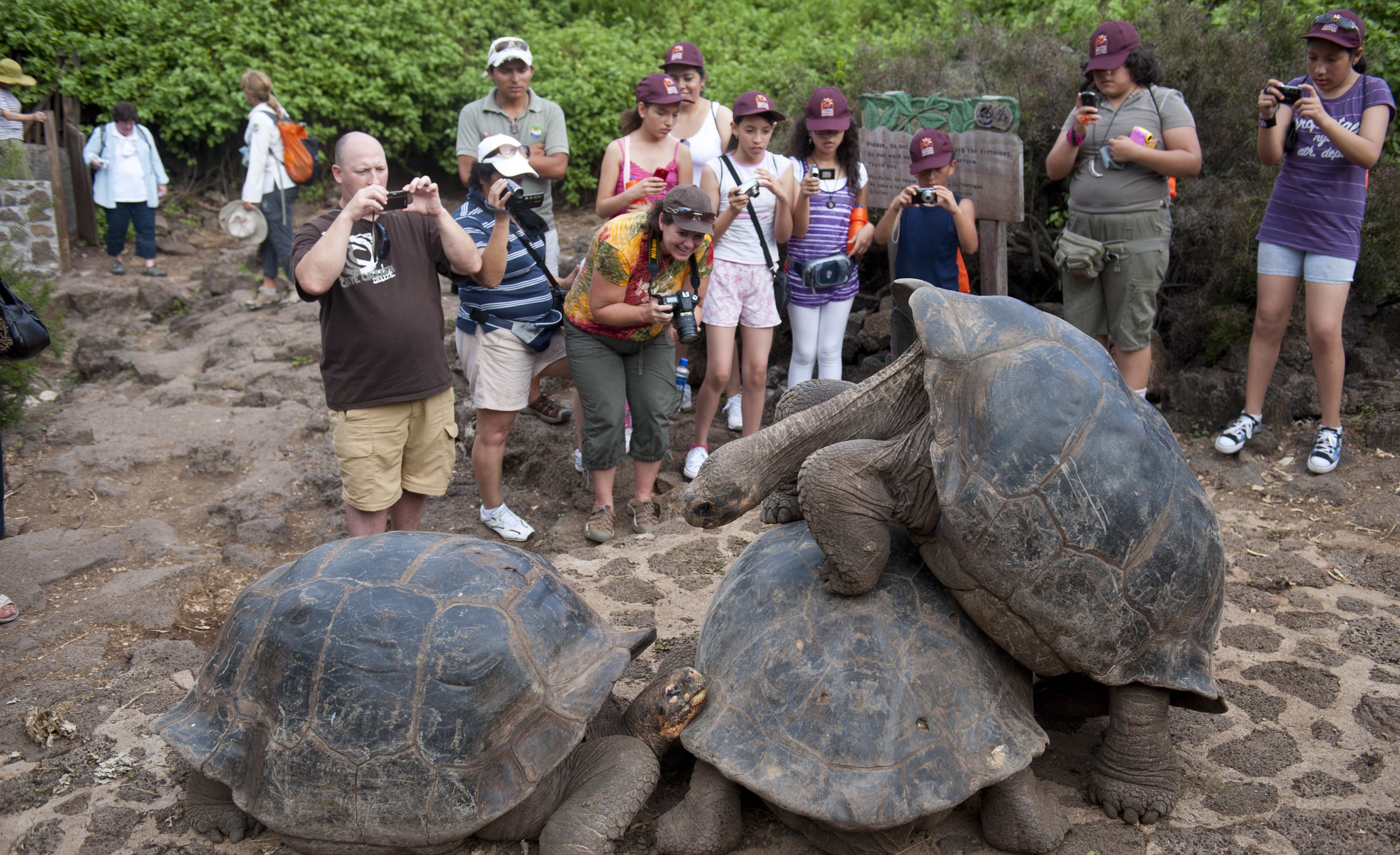
Designing the urban future of the Galápagos Islands

While the Galápagos Islands are famous for their unique and pristine biodiversity, they’re also home to a growing human population. But how do you go about planning their urban future without compromising the ecosystem?
Published 20 November 2017
The Galápagos Islands are known for their rich, vibrant and unique biodiversity of flora and fauna which inspired Charles Darwin’s evolutionary On The Origins of Species.
But most of us are probably unaware that there is a growing population of about 30,000 people who live there.

That population swells every year as more than 200,000 tourists travel to the islands to experience one of the world’s last remaining pristine natural environments.
And with expanding human population comes the pressure to provide for them.
Housing, running water, sewerage systems and power – there’s now a growing need for ever-increasing infrastructure and human resources.

A University of Melbourne team led by Professor Justyna Karakiewicz, with assistance from Professor Tom Kvan and Dr Michael Kirley, in collaboration with the University of North Carolina (UNC) and Universidad San Francisco de Quito (USFQ), are applying architecture, urban design and data modelling systems to help answer that complex question.
“We cannot consider the urban and natural systems separately in the Galápagos,” says Professor Karakiewicz.
“In addressing the need to accommodate growth in the urban population, there is a unique opportunity to look at the Galápagos’ coupled urban and natural systems as they change using complex adaptive systems theory.”

Complex Adaptive Systems (CAS) are dynamic networks in which multiple factors behave unpredictably, independently and in parallel, but are not governed by any rules.
A typical example is the climate.
A plethora of factors like atmospheric pressure, wind, rainfall, humidity and temperatures determine such a system. None of these are within our control.
As part of her research, Professor Karakiewicz has been applying CAS in architecture and urban design to deepen the understanding of what makes a resilient city, while also identifying a range of actions to stimulate overall change.

With only US$63 million out of the US$418 million generated by tourism coming back to the the Galapagos’ local economy, along with the unprecedented increases in population and visitors each year, interventions are crucial to developing innovations for a sustainable future for the islands.
But these interventions have to be carefully managed.
They need to consider a future where more of the tourism profit is retained for locals, an improved understanding of Galápagueño culture, improved community knowledge and a diversified tourism experience.
Currently, 88 per cent of visitors arrive on the islands to see the Galápagos’ nature and landscape; zero per cent come to experience the island’s culture.

Nurturing a sustainable future
The Galápagueño future can only be sustained by building stronger networks between small communities on the island and bringing them together.
This is known in CAS as emergence theory - where large-scale changes arise through initiatives by the small individual parts.
This approach is culturally sensitive to the Galápagueño “minga” approach - a system of reciprocal communal labour - where communities create ideas, building skills and work which benefit everyone and empower people to take action.
And these initiatives can be modelled alongside other factors to simulate what the future of the Galápagos Islands could look like in various scenarios.

Sciences & Technology
Going beyond political borders to protect threatened animals
But the lack of data on the Galápagos’ urban environment is an obstacle in developing meaningful initiatives which address the needs and priorities of the population and, in turn, limits the accuracy of any forecasting.
This need for more information resulted in the idea of a travelling studio on the islands. Here, students become part of a research team, collecting real-time data on the islands in consultation with the local community.
“This studio has now developed into a research partnership, linking learning with discovery” says Professor Kvan.

Meaningful predictions
With Professor Karakiewicz’s expertise in CAS, data flowing in from students and in-depth local knowledge from researchers from USFQ and UNC on the ground, the final piece of the puzzle that brings the picture together is the expertise of computational scientist Dr Michael Kirley, whose models predict the future of urban landscape in the Galápagos.
“What happens to the landscape? What happens to the people? What happens when you change the infrastructure? I provide the rigorous computational models to enable Professor Karakiewicz to make meaningful interpretations,” says Dr Kirley.
The collaboration will continue for at least the next three years, with the team now presenting to local government and local community every year.
“You cannot come in and offer them a pretty building. That is meaningless. You have to offer a different thought process with your expertise,” says Professor Karakiewicz.

Sciences & Technology
Embracing the finite
Students have looked at how urban design supports food resilience by developing urban farming, how school design can change to enhance community facilities and how the towns can reduce dependence on fossil fuels.
These initiatives have fed into discussions by local authorities about a sustainable future on the islands.
By consulting with the Galápagueño community and local government, the University of Melbourne researchers are at the forefront of the next evolution of the Galápagos Islands: a human population living with the land, rather than on the land.
On the co-existence of the human population and the Galápagos Islands, Professor Karakiewicz says that co-existence implies two separate worlds.
“Instead, we are looking at the way our urban world is part of the natural world; everything we do has ramifications.”


